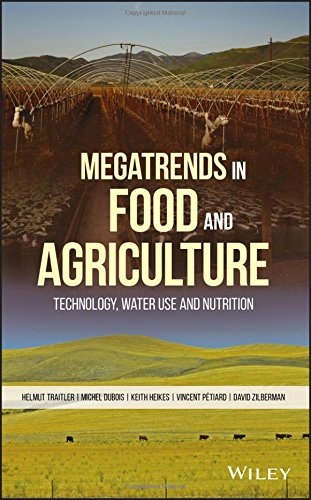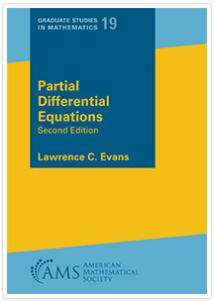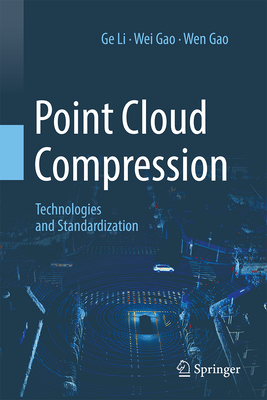
Megatrends in Food and Agriculture - Technology, Water Use and Nutrition
食品与农业大趋势-技术、水的使用与营养
食品科学技术基础学科
¥
1354.00
售 价:
¥
1083.00
优惠
平台大促 低至8折优惠
发货周期:预计3-5周发货
作 者
出 版 社
出版时间
2017年11月28日
装 帧
精装
页 码
336
开 本
152.4x228.6mm
语 种
英文
综合评分
暂无评分
- 图书详情
- 目次
- 买家须知
- 书评(0)
- 权威书评(0)
图书简介
This is the first book of its kind to connect food and the food industry with agriculture, water resources and management in a detailed and thorough way. Most existing publications do not often consider all three elements as highly interconnected as they really are: agriculture is the source of all food, basic or sophisticated, homemade, chef-made or industrial, and water plays a very existential role in the equation. This book brings together a small community of expert authors on to address the future of the food industry, agriculture (both for plants and animals) and water and its role in a world of diminishing resources that we face today.The introductory chapter highlights the role of agriculture in todays food industry from a historical perspective as it has grown over decades and centuries. Whilst traditionally agricultures output was the sole provider for the food industry, a more recent sophistication of the supplier industry has led to the development of a vast panoply of ingredients of all kinds from flavors, aromas, textures, stabilizers to nutritional and health functionalities. This has made the interactions not only very complex but intrinsically so interwoven that even the slightest changes in one part of the chain can lead to big and important knock-on effects in other parts, such as for instance in areas such as vitamins and minerals that may heavily influence stability and shelf life of a particular industrially manufactured food item.If agriculture is to become again the main provider for food and the food industry it is important that it changes the ways in which it operates today. Scarcity of water in many traditional areas of agricultural production and output must lead to important considerations in mainly two areas: first, how agriculture manages its infrastructure and crop selection and secondly, how we can manage water and its availability for agriculture in better and more efficient ways. This includes topics such as principles of water management at farm levels but equally thoughts on expanding water supply through affordable and sustainable desalination and water reuse.New ways of plant breeding that are not based on genetic modification pathways are discussed and highlighted in this book and the unhealthy balance of attention between the major crops (soy, corn, wheat, etc.) versus so called orphan crops (coffee, cocoa, tropical fruits, etc.) and its economic consequences are analyzed and discussed. An important part in this equation is played by the animal agriculture and the role it plays and will play supplying the world population with relevant and sufficient proteins in sustainable ways.The book then turns towards the topic of the future of the food industry and analyzes and discusses areas such as major food trends, the new food, enough food and attempts to shine some light on the minority trends that are proposed as saviors not only of a potentially looming food crisis but also suggested improved public and individual health of populations at large.An important discussion is conducted on possible new business models for the food industry of the future that include topics such as migrating from B2C (business to consumers) to B2B (business to business) as well as the suggested transformation from solely manufacturing and selling products to increasingly selling know-how as the future core business of the food industry.Alongside the new possible business models the role of the internet of just about everything is discussed and analyzed in this book and the impact that it has and will increasingly have on agriculture and the food industry.It is suggested that nutrition, whether in the form of products or know-how will play an increasingly important role both in agriculture as well as food, and especially industrially manufactured food.Finally the book will propose scenarios about how agriculture and food and the food industry might undergo some radical transformations. Some of them are already visible, such as personalization and communization and others further out, such as convergence of agriculture, food and the production of energy in sustainable and, most importantly, affordable ways.The book concludes with a summary and outlook that has one goal in mind: considering the future of agriculture and the food industry in combination with possible actionable proposals.
本书暂无推荐
本书暂无推荐














